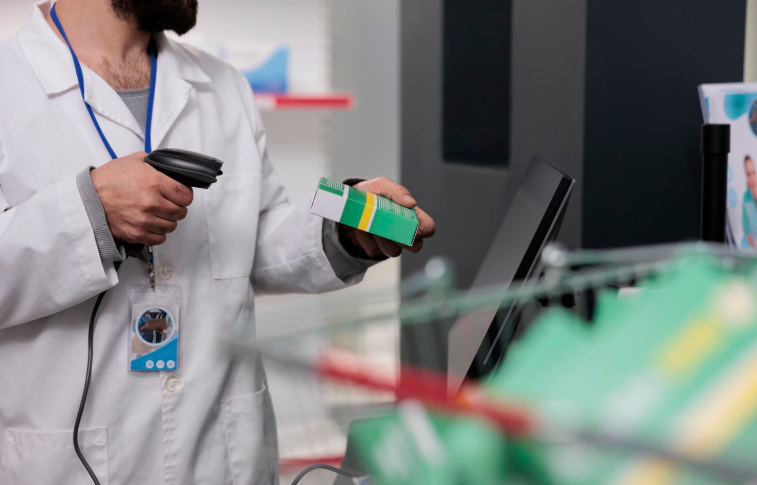Verifying electrical safety during medical equipment inspections is critical to ensuring that devices used in healthcare settings remain safe, reliable, and compliant with regulatory standards. The procedure starts with visually inspecting cords, plugs, connectors, and enclosures for physical damage, exposed wiring, or missing safety labels. Any visible flaws must be repaired before proceeding with electrical testing.
The next step is electrical safety testing, which includes earth continuity, insulation resistance, and leakage current measurements. These tests confirm that current only flows through the intended pathways and that protective grounding is working properly. During medical equipment inspections, technicians adhere to standards such as IEC 60601-1 or IEC 62353 to ensure consistency and accuracy across device types.
Inspectors also ensure that the equipment's voltage ratings, grounding systems, and insulation meet manufacturer and regulatory specifications. Any irregularities, such as high leakage current or faulty grounding, are documented and addressed right away.
Each inspection has a comprehensive record, which includes measured values, pass/fail outcomes, and corrective actions. By implementing a structured verification process, healthcare facilities can reduce electrical hazards, meet compliance requirements, and ensure that all medical devices continue to operate safely for both patients and operators.





Comments